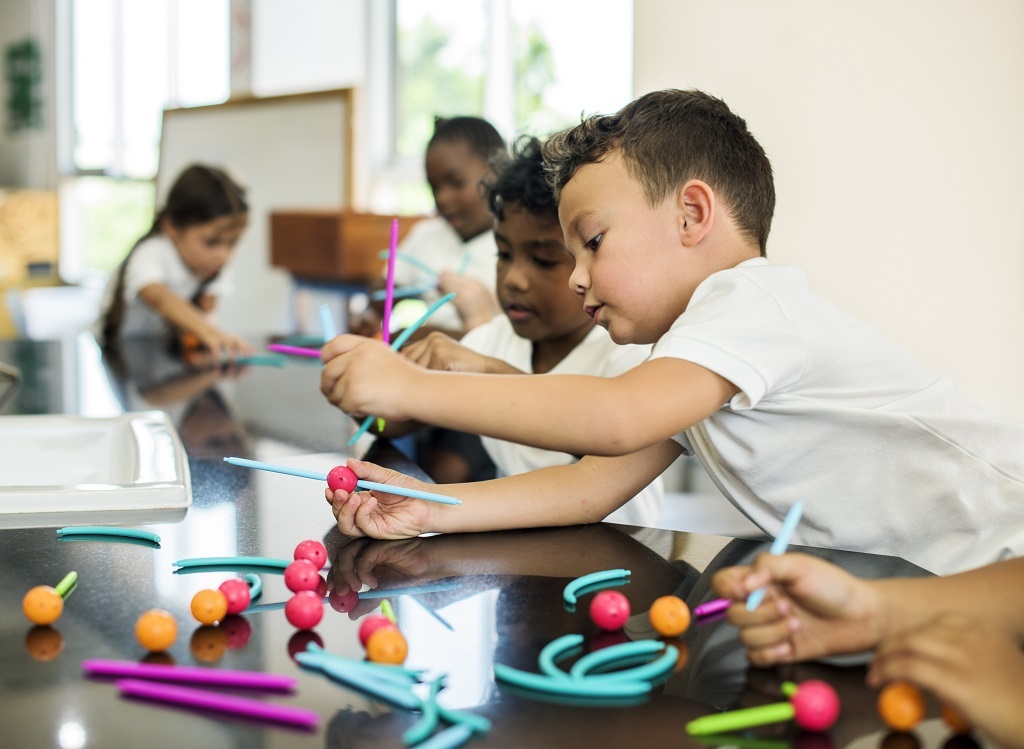Book Beat Live! Next Time You See Book Series, February 4, 2025
Led by NSTA Early Childhood-Elementary Committee members, the web seminar addresses the relationship between the NSTA book series, Next Time You See, and natural phenomena, providing an interactive platform for educators to discover how this series of books can support and enhance science and engineering practices in the classroom.
Led by NSTA Early Childhood-Elementary Committee members, the web seminar addresses the relationship between the NSTA book series, Next Time You See, and natural phenomena, providing an interactive platform for educators to discover how this series of books can support and enhance science and engineering practices in the classroom.
Led by NSTA Early Childhood-Elementary Committee members, the web seminar addresses the relationship between the NSTA book series, Next Time You See, and natural phenomena, providing an interactive platform for educators to discover how this series of books can support and enhance science and engineering practices in the classroom.
Led by NSTA Early Childhood-Elementary Committee members, the web seminar addresses the relationship between the NSTA book series, Next Time You See, and natural phenomena, providing an interactive platform for educators to discover how this series of books can support and enhance science and engineering practices in the classroom.
Led by NSTA Early Childhood-Elementary Committee members, the web seminar addresses the relationship between the NSTA book series, Next Time You See, and natural phenomena, providing an interactive platform for educators to discover how this series of books can support and enhance science and engineering practices in the classroom.







